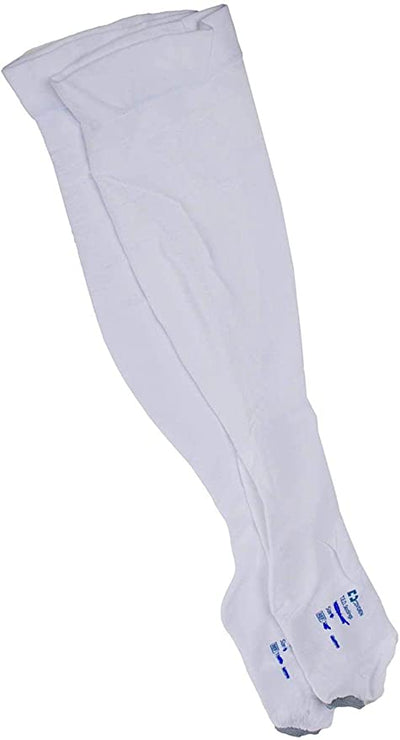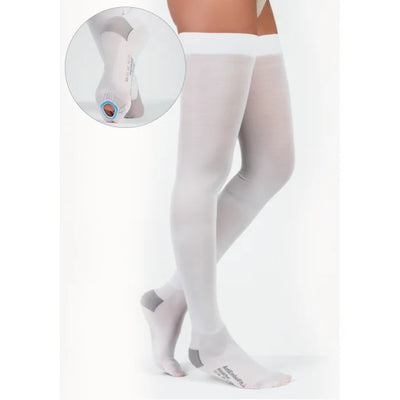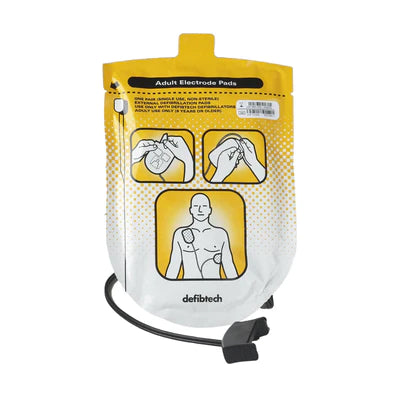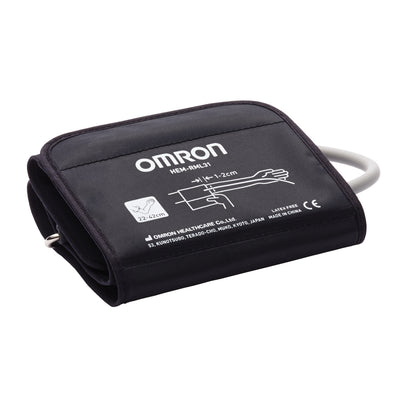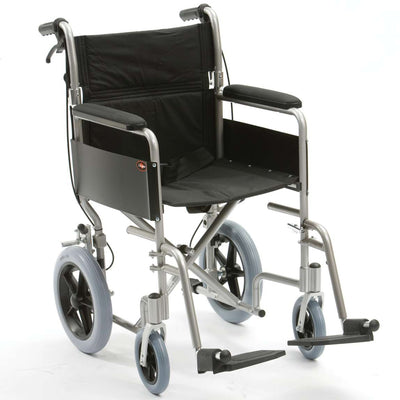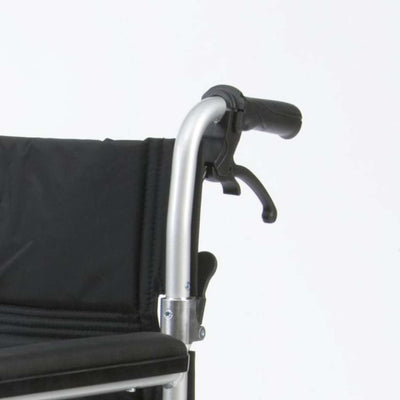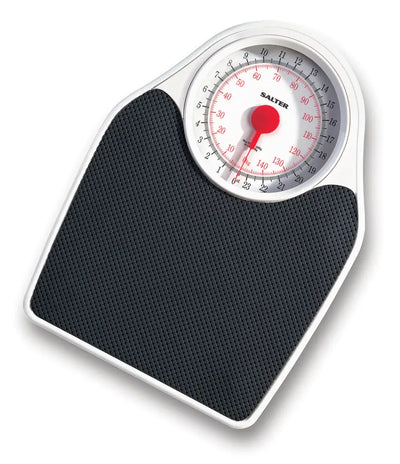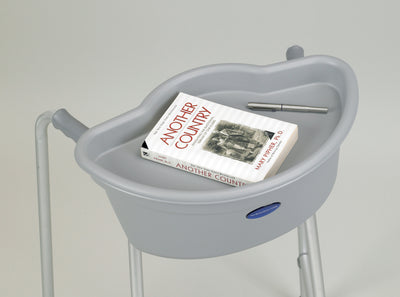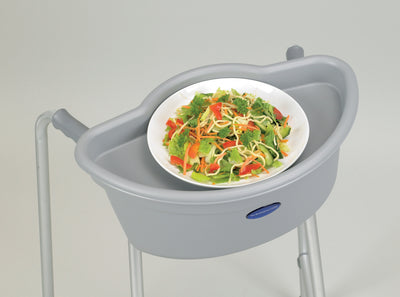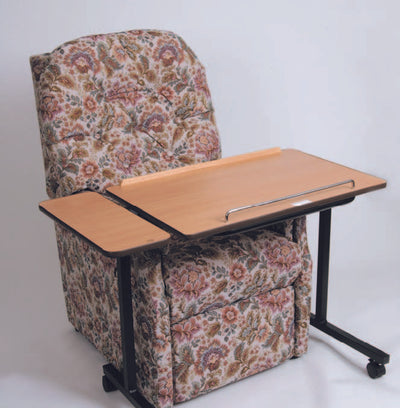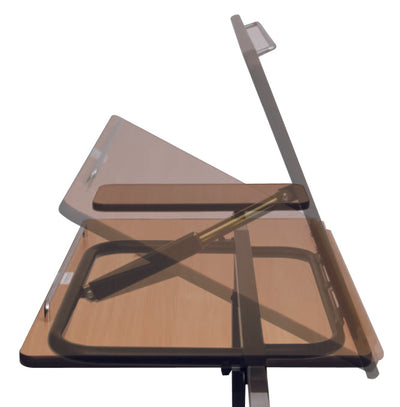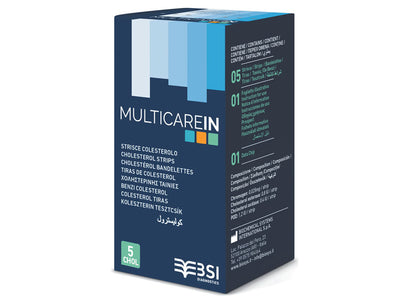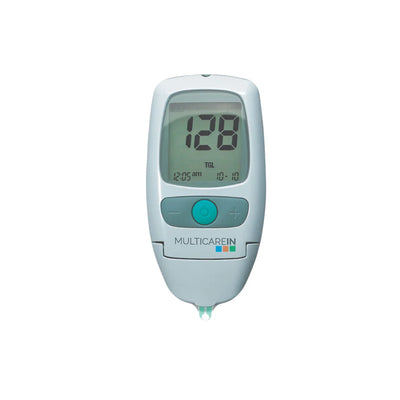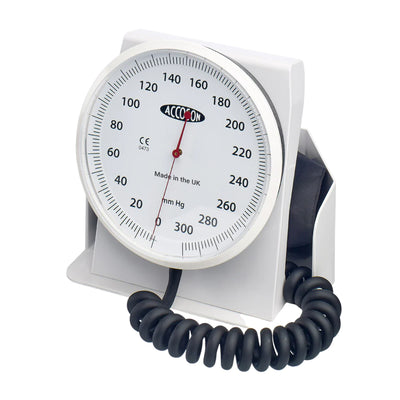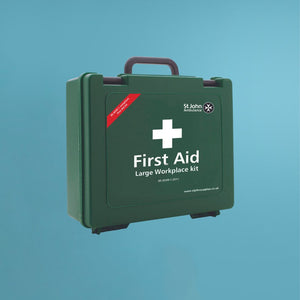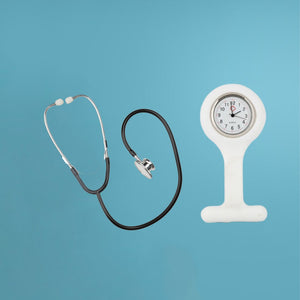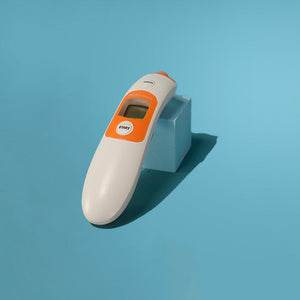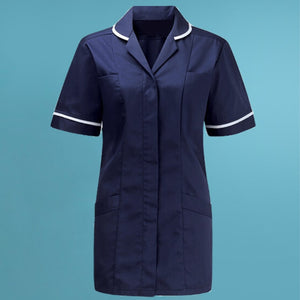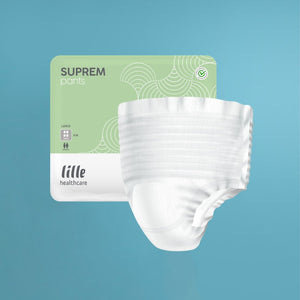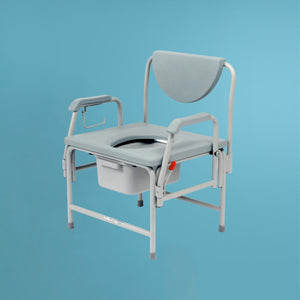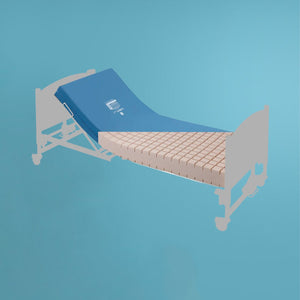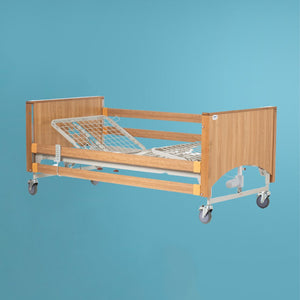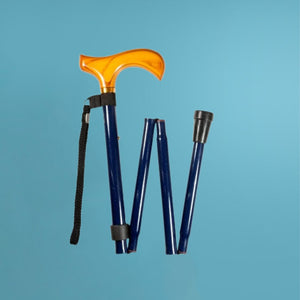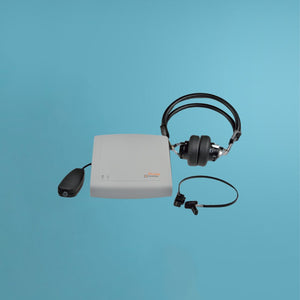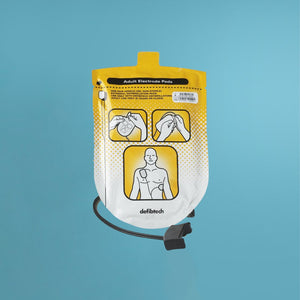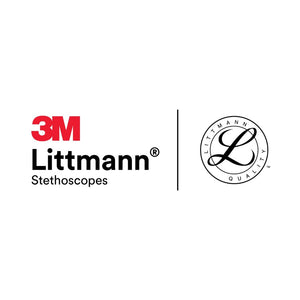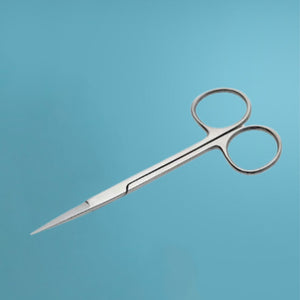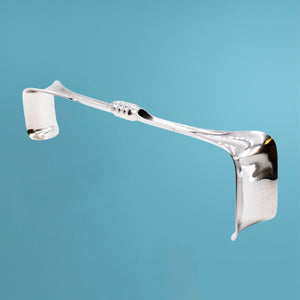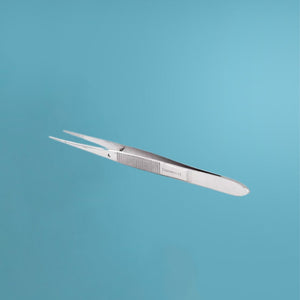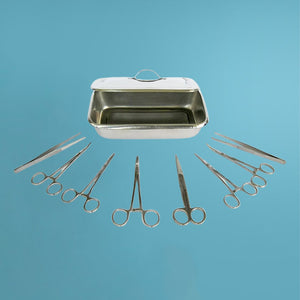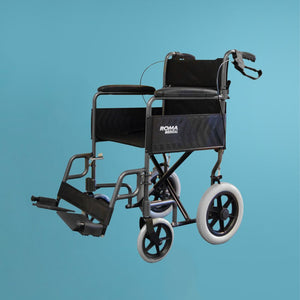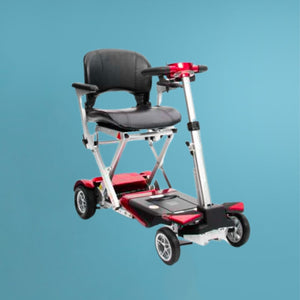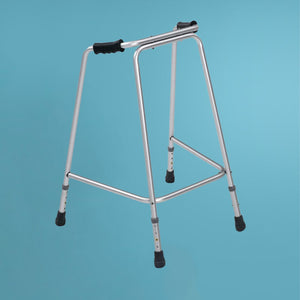Stethoscope Components: Not just any old Ear Plugs
The earplugs, also known as ear tips or earpieces, play a critical role in the stethoscope's overall function. Read on to find the importance of ear plugs, their design, and how they are crucial for diagnoses.
The design and materials of Ear tips
Ear tips are small, typically cone or mushroom-shaped components that fit into the listener's ears. They connect to the stethoscope's tubing and serve as the final step in transmitting sound waves from the chest piece to the healthcare professional's ears.
Ear tips are usually made from soft, pliable materials such as silicone, rubber, or polyvinyl chloride (PVC) to provide a comfortable fit and create a tight seal within the ear canal. Typically these materials are durable, easy to clean, and hypoallergenic. Making them perfect to use in a medical setting during a health practitioner’s busy day-to-day.
Different Types of Ear Tips
There are several types of ear tips available, designed to cater to individual preferences and comfort levels. Some common types include:
-
Soft-sealing ear tips: These are made from soft, flexible materials and conform to the shape of the ear canal, providing a snug fit and improved noise reduction.
-
Firm ear tips: These are more rigid and may provide better sound transmission, although they may be less comfortable for some users.
-
Specialised ear tips: These are designed for specific applications or user groups, such as pediatric ear tips for use with infants and children.
The ear tips attach to the end of the stethoscope tubing, where they are secured onto metal or plastic ear tubes. The ear tubes angle slightly forward to align with the natural curve of the ear canal, ensuring a comfortable fit and optimal sound transmission.
The design and materials used in ear tips directly influence sound quality. High-quality ear plugs provide better sound clarity and amplification, enabling healthcare professionals to accurately identify and interpret subtle nuances in a patient's internal sounds. Additionally, comfortable and well-fitted ear tips help to reduce fatigue during long listening sessions, enhancing the overall user experience.
How Ear Plugs Channel Sound Waves into the Listener's Ears
Once sound waves travel through the stethoscope tubing, they enter the ear tips which direct the sound into the listener's ear canal. The ear plugs' shape and design help to focus the sound waves, ensuring clear and accurate sound transmission.
One of the primary functions of ear tips is to reduce external noise interference. A well-fitted ear plug creates a seal within the ear canal, blocking out ambient noise and allowing the listener to focus on the patient's internal sounds. This is crucial for the stethoscope user to listen to the sounds of the body clearly.
So you can see that ear tips contribute a lot to the function of the stethoscope. This includes sound transmission, noise reduction, and user comfort.
